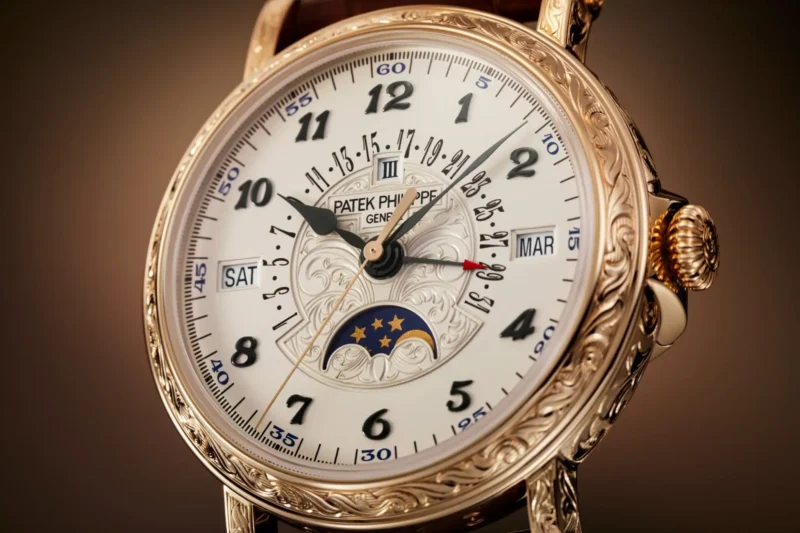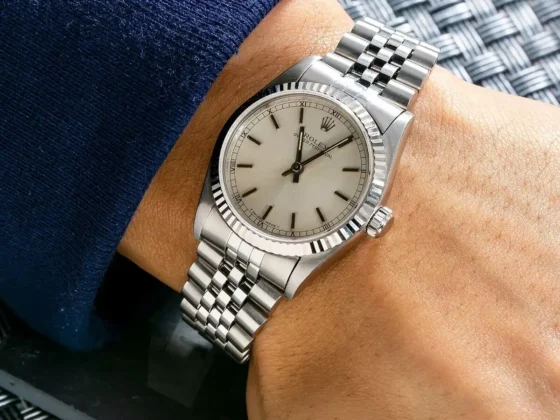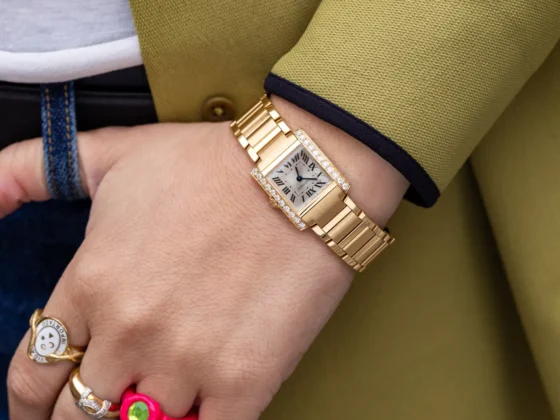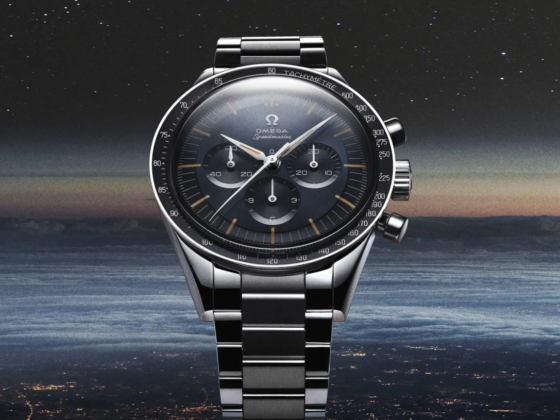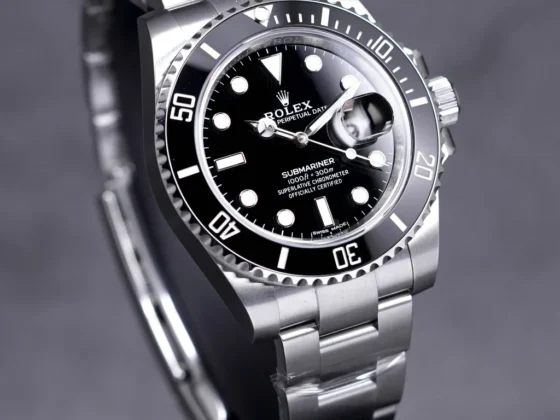The 1950s and 1960s marked a golden age in watchmaking, a period where the precision of Swiss craftsmanship, elegant design, and groundbreaking innovations came together to create timeless masterpieces. This era saw iconic designs from brands like Rolex, Omega, and Jaeger-LeCoultre—timepieces that remain highly coveted by collectors today. Let’s take a journey back to explore the key milestones, innovations, and styles that defined this period in horological history.
Precision and Innovation: The Rise of Mechanical Mastery
The 1950s and 1960s were pivotal years for mechanical watchmaking. Brands focused on perfecting chronometer movements, achieving new levels of precision and reliability. During this period, Rolex gained fame with its Oyster Perpetual Submariner (1953) and the GMT-Master (1955), watches that set new standards for accuracy and functionality, particularly in professional settings.
- Key Development: Automatic movements were perfected during this era, with watches designed to wind themselves as the wearer moved, revolutionizing convenience for watch users.
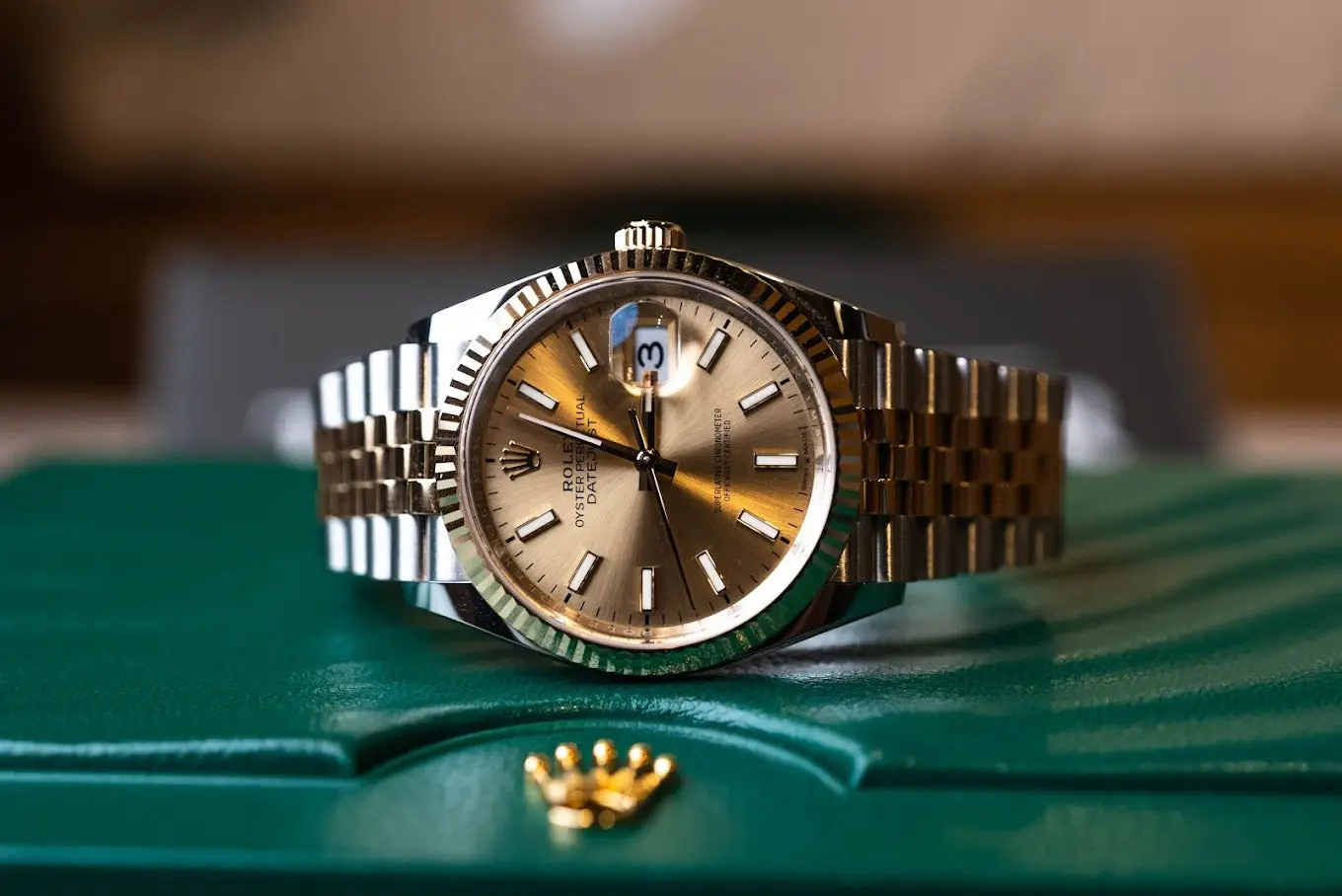
The Birth of the Diver’s Watch
The rise of underwater exploration in the mid-20th century spurred demand for reliable diver’s watches. Iconic pieces such as Omega’s Seamaster (1957) and Rolex’s Submariner became synonymous with durability and water resistance, offering robust performance for professional divers and adventurers alike.
- Milestone: The Rolex Submariner, introduced in 1953, became the archetype of the modern diver’s watch with its rotating bezel and waterproof case—a hallmark of this golden era.
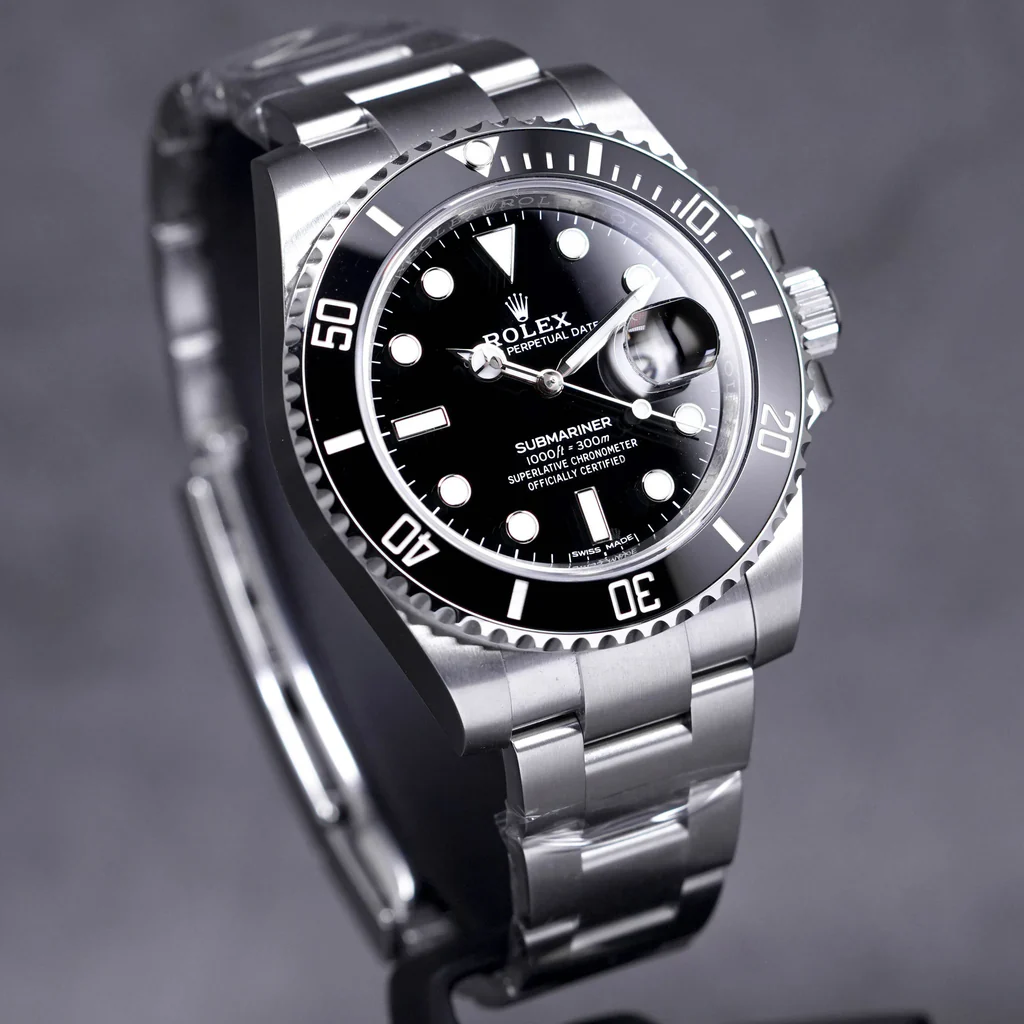
Slim and Elegant: Dress Watches Dominate
While rugged tool watches were gaining popularity, the 1950s and 1960s also saw the rise of ultra-slim, elegant dress watches. Brands like Patek Philippe and Jaeger-LeCoultre excelled in crafting sophisticated timepieces that could be worn on formal occasions. These watches were characterized by their minimalist dials, slim cases, and luxury materials.
- Key Models: The Patek Philippe Calatrava and Jaeger-LeCoultre’s Ultra Thin models represented timeless elegance, emphasizing clean lines and classic appeal.
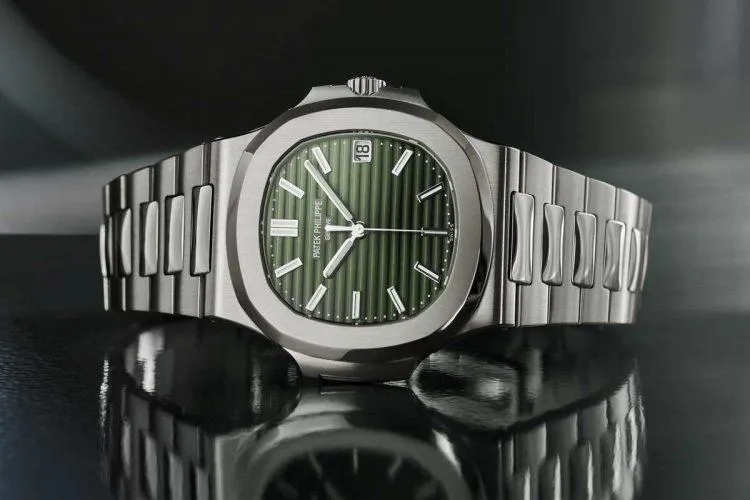
The Space Race and Watchmaking
The 1960s also witnessed the influence of the Space Race on watch design. As humans prepared to leave Earth, watches needed to keep up. Omega’s Speedmaster, famously known as the “Moonwatch,” was worn by NASA astronauts during the Apollo 11 mission in 1969, cementing its place in history as the first watch worn on the moon.
- Milestone: The Omega Speedmaster became an iconic symbol of human achievement, blending robust engineering with an exciting new frontier—space exploration.
The Beginning of Quartz and the Transition to the Modern Era
Although mechanical watches dominated the 1950s and 1960s, this golden era also set the stage for the eventual quartz revolution. Japanese brand Seiko launched the Astron Quartz in 1969, signaling the beginning of a massive shift in watchmaking. While quartz technology would redefine the industry in the 1970s, mechanical watches of the previous two decades continued to be revered for their craftsmanship and artistry.
- Key Development: The transition to quartz movements revolutionized the affordability and precision of watches, leading to a major disruption in the industry post-1969.
The 1950s and 1960s represent the pinnacle of traditional watchmaking, where mechanical ingenuity, elegance, and the spirit of adventure converged. Whether in the form of rugged tool watches, space-exploring chronographs, or slim dress timepieces, the craftsmanship of this golden era continues to influence contemporary horology. For collectors and enthusiasts, vintage watches from this time remain timeless treasures that capture the essence of true luxury.


